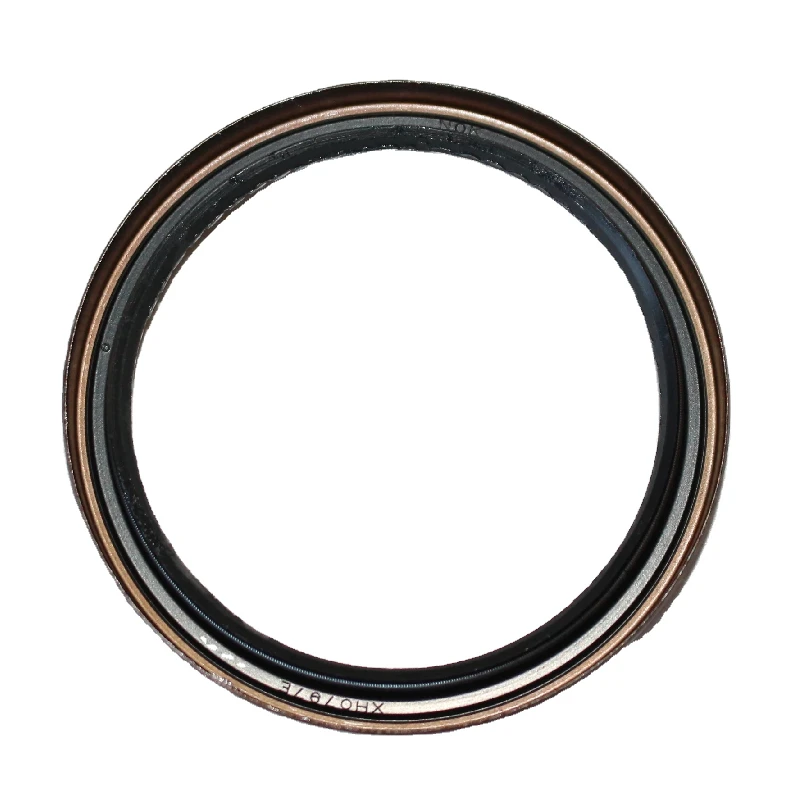oil seal use
Understanding Oil Seal Use Importance, Applications, and Maintenance
Oil seals are critical components found in various machinery and equipment, playing a key role in preventing fluid leaks and protecting moving parts from contaminants. Their importance cannot be overstated, as they assure the efficient operation of numerous mechanical systems by preserving lubrication while safeguarding against external debris.
What is an Oil Seal?
An oil seal, also known as a lip seal or shaft seal, is a device that joins two parts of machinery while preventing the escape of lubricants and the entry of dust and moisture. Typically made of rubber, neoprene, or polyacrylate, oil seals are designed with an inner lip that rides on a rotating shaft and an outer body that fits tightly into the housing or casing. This design helps maintain a seal that is essential for the longevity and performance of machinery.
Applications of Oil Seals
Oil seals are found across a wide range of industries and applications, including automotive, aerospace, industrial machinery, and agricultural equipment. In automotive engines, oil seals prevent engine oil from leaking out while keeping dirt, dust, and moisture from entering critical areas. They are commonly used in components such as crankshafts, camshafts, and transmission systems.
In industrial machinery, oil seals serve crucial functions by sealing hydraulic systems, gearboxes, and pumps. Their effectiveness in maintaining a tight seal not only contributes to the efficiency of these systems but also reduces the risk of equipment failure due to contaminants entering the mechanisms.
Importance of Proper Installation
The correct installation of oil seals is vital for ensuring their effectiveness. If an oil seal is not installed correctly, it can lead to leakage and premature failure. Common mistakes during installation include improper alignment, excess force, and neglecting to clean the surface before fitting. Ensuring that the seal sits evenly in the housing and that the shaft is free of defects can prevent many potential problems.
Signs of Oil Seal Failure
oil seal use

Recognizing the signs of oil seal failure is essential for timely maintenance and replacement. Some common indicators include oil leaks around the seal area, which can cause puddles under machinery or appear on the surface of the equipment. Additionally, unusual noises, increased temperatures, or changes in performance can signify that the seals are not functioning as intended. Regular inspections can help detect these issues early, avoiding more significant damage and costly repairs.
Maintenance Tips for Oil Seals
To extend the lifespan of oil seals and ensure optimal performance, consider the following maintenance tips
1. Regular Inspections Schedule periodic checks of oil seals, especially in critical machinery. Look for signs of wear, cracks, or deformation.
2. Use the Right Seal Always select the appropriate oil seal type for the specific application, considering factors like temperature, pressure, and chemical compatibility.
3. Proper Installation Confirm proper installation techniques are followed to avoid any damage to the seals during fitting.
4. Clean Surfaces Before installation, make sure that the sealing surfaces are clean and free of debris or oil residues.
5. Monitor Operating Conditions Keep an eye on operating temperatures and pressures to ensure they are within the recommended limits, as extreme conditions can compromise seal integrity.
Conclusion
Oil seals are indispensable components in modern machinery, ensuring that equipment functions smoothly by preventing leaks and guarding against contamination. Understanding their importance, applications, and maintenance will not only mitigate operational issues but also enhance the lifespan of machinery. With careful attention to installation and regular inspections, businesses can harness the full potential of oil seals, keeping their operations running efficiently and reliably. As technology progresses, advancements in oil seal materials and designs promise even greater reliability for the future, emphasizing their ongoing significance in various industries.
-
The Ultimate Guide to Car Repair Kits: Tools and Essentials Every Driver Should Own
News Aug.01,2025
-
The Complete Guide to Oil Pan Gaskets: Sealing Engine Leaks the Right Way
News Aug.01,2025
-
Preventing Oil Leaks: A Complete Guide to Oil Pan Gaskets and Drain Seals
News Aug.01,2025
-
Everything You Need to Know About Oil Pan Gaskets and Drain Plug Seals
News Aug.01,2025
-
Essential for Car Owners: How to Use a Car Repair Kit to Deal with Minor Breakdown
News Aug.01,2025
-
Comprehensive Guide to Engine Oil Sump Gaskets and Related Seals
News Aug.01,2025
-
The Ultimate Guide to Boat Propeller Bearings and Trailer Wheel Bearings
News Jul.31,2025
Products categories















